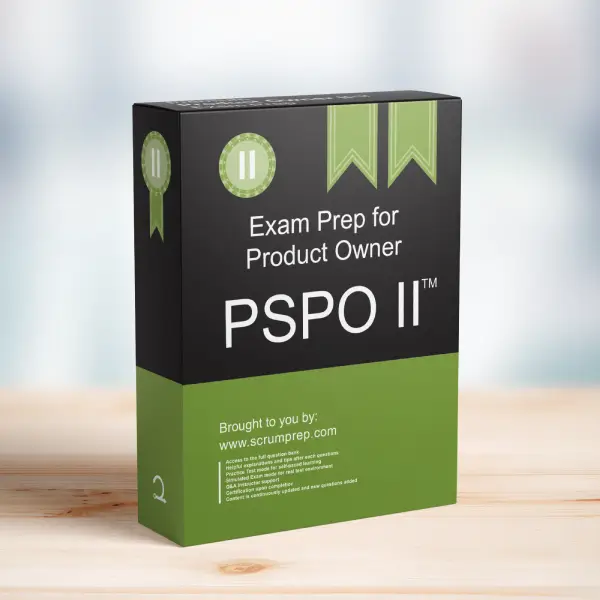Managing a Declining Product
In managing a product portfolio, it’s essential to know when to adjust investment strategies based on the product’s performance and potential. This article explores the best approach to take when a leading revenue-producing product shows specific value metrics and trends.
Exam Question
The leading revenue-producing product in your portfolio has:
– high Current Value
– low Unrealized Value
The product has been losing customers for several years and revenues are down. Using those two data points and options below, what is the first action you should take?
(choose the best answer)
A. Drop the price for the product to attract new customers.
B. Maintain the product, but begin reducing investment; seek other opportunities for future growth.
C. Increase marketing for the product.
D. Increase investment in the product to create greater interest and bring old customers back.
Correct Answer
B. Maintain the product, but begin reducing investment; seek other opportunities for future growth.
Explanation
Correct Answer
B. Maintain the product, but begin reducing investment; seek other opportunities for future growth:
Given the high Current Value but low Unrealized Value, it indicates that the product is currently performing well but has limited potential for future growth. With the product losing customers and revenues decreasing, it is prudent to maintain the product while gradually reducing investment. This strategy allows the company to allocate resources to more promising opportunities that could drive future growth.
Incorrect Answers
A. Drop the price for the product to attract new customers: Lowering the price might attract some new customers temporarily, but it doesn’t address the fundamental issue of the product’s limited future potential (low Unrealized Value).
C. Increase marketing for the product: While increasing marketing efforts might boost short-term sales, it doesn’t resolve the core problem of declining customer interest and the product’s low potential for future growth.
D. Increase investment in the product to create greater interest and bring old customers back: Investing more in a product with low Unrealized Value and declining customer base is unlikely to yield significant returns. It’s better to focus on products or opportunities with higher growth potential.
Responsibilities in Scrum
- Product Owner: Responsible for making informed decisions about product investment based on data and metrics like Current Value and Unrealized Value. They prioritize the Product Backlog to maximize value and align with long-term strategy.
- Scrum Master: Ensures the Scrum Team is aware of and understands the strategic direction set by the Product Owner. Facilitates discussions and helps the team adapt to changing priorities.
- Developers: Work on the prioritized Product Backlog items to deliver valuable Increments. They provide feedback and insights on technical feasibility and potential improvements.
Relevance to the PSPO II Exam
Understanding how to manage products with varying value metrics is crucial for the PSPO II exam. This knowledge ensures that Product Owners can make strategic decisions that align with the product’s current performance and future potential, ultimately leading to better resource allocation and product management.
Key Takeaways
- High Current Value with low Unrealized Value indicates good current performance but limited future growth potential.
- Reducing investment in declining products allows resources to be redirected to more promising opportunities.
- Effective product management requires a balance between maintaining current products and investing in future growth.
Conclusion
Managing a declining product requires strategic decision-making to ensure resources are used effectively. By maintaining the product but reducing investment, you can focus on opportunities with higher growth potential. For more information on preparing for the PSPO II exam, visit our PSPO II Exam Prep.



